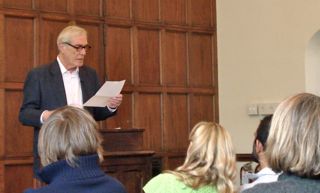 Even after the room was full, people kept coming. They lined the walls, crammed into odd corners, and bumped into each other every time the door squeaked open and another person crept in. Up at the podium, in front of the spot where several students sat cross-legged on the floor, the former poet laureate Mark Strand, looking strong and straight-shouldered just days after his 76th birthday, was reading his poetry aloud:
Even after the room was full, people kept coming. They lined the walls, crammed into odd corners, and bumped into each other every time the door squeaked open and another person crept in. Up at the podium, in front of the spot where several students sat cross-legged on the floor, the former poet laureate Mark Strand, looking strong and straight-shouldered just days after his 76th birthday, was reading his poetry aloud:
I think of the innocent lives
Of people in novels who know they'll die
But not that the novel will end. How different they are
From us. Here, the moon stares dumbly down,
Through scattered clouds, onto the sleeping town,
And the wind rounds up the fallen leaves,
And somebody—namely me—deep in his chair,
Riffles the pages left, knowing there's not
Much time for the man and woman in the rented room,
For the red light over the door, for the iris
Tossing its shadow against the wall...
Occasionally Strand looked up to smile and take in a few faces, but mostly he seemed apart, pleasantly and politely focused elsewhere. A former professor in the Committee on Social Thought who now teaches at Columbia University, Strand is one of the country's most famous living poets and Chicago's current Sherry poet-in-residence. On April 21 he gave an hour-long reading in Classics 110.
I had an English professor in college who told us never to miss the chance to hear poets read their own work. Listening to them, she said, you can pick up things that no amount of analysis will teach: intangible evidence of how a poem works, how the parts move together, and how an idea arises from that motion. In the years since then, I've listened to Mark Strand read half a dozen times (more by coincidence than design) and every time, I hear something in the poetry that I might never have seen in the printed lines. What struck me this time was the contrast between his poems' evanescent, fantastical meanderings—into dreams and waking visions, into Death's living room, onto the riverbank where Orpheus wept and sang and died, into a foreign land with a singing man and camel—and the concrete, even emphatic, endings those poems often have. Introducing Strand, Chicago poetry scholar Richard Strier noted his "measured, circuitous stalking of the subject, turning surprise to revelation." Strand's poetry is both substantial and insubstantial, surreal and sharply real.
After 50 minutes or so of reading, unperturbed by the listeners shuffling in and the buses wheezing past on 59th Street, Strand looked at his watch, glanced up at the wine and cheese waiting on the table at the back, and promised one more poem before the reception. "Actually, it's more like a song," he said. "More like a song written by a Spanish poet in, say, 1925." He paused. "Maybe García Lorca." Then he read:
Black fly, black fly
Why have you come
Is it my shirt
My new white shirt
With buttons of bone
Is it my suit
My dark blue suit
Is it because
I lie here alone
Under a willow
Cold as stone
Black fly, black fly
How good you are
To come to me now
How good you are
To visit me here
Black fly, black fly
To wish me good bye.
Lydia Gibson
Strand shares his verse. Photo by Lydia Gibson.
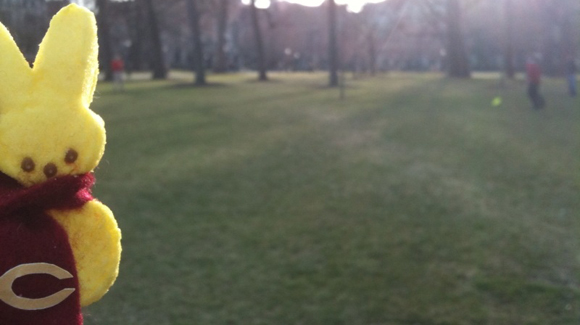
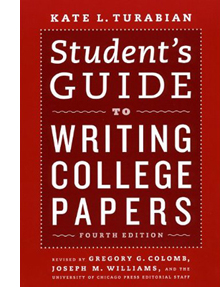 The University of Chicago Press doesn't suffer fools gladly. The Press released the fourth edition of Kate L. Turabian’s
The University of Chicago Press doesn't suffer fools gladly. The Press released the fourth edition of Kate L. Turabian’s 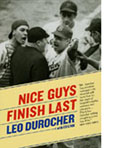 “I believe in rules. Sure I do. If there weren't any rules, how could you break them?”—Leo “the Lip” Durocher
“I believe in rules. Sure I do. If there weren't any rules, how could you break them?”—Leo “the Lip” Durocher 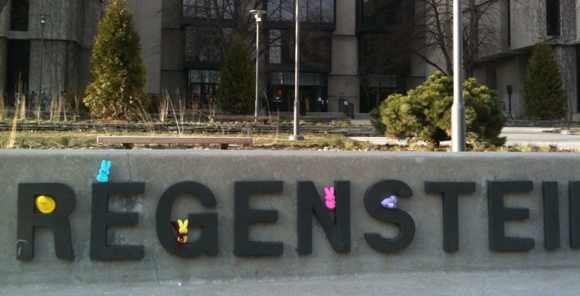
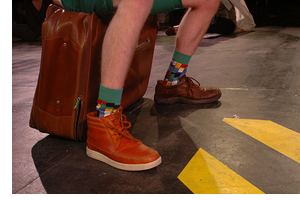
 If I were a poet or a poetry scholar, I'd have something insightful to say about English doctoral student Michael Robbins's (AM'04) "
If I were a poet or a poetry scholar, I'd have something insightful to say about English doctoral student Michael Robbins's (AM'04) "
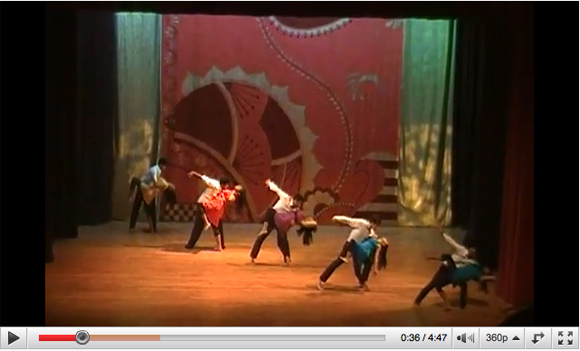
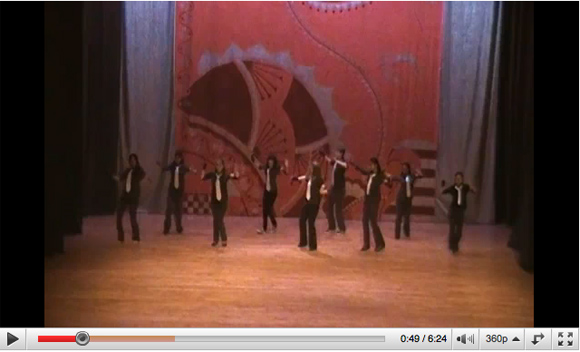
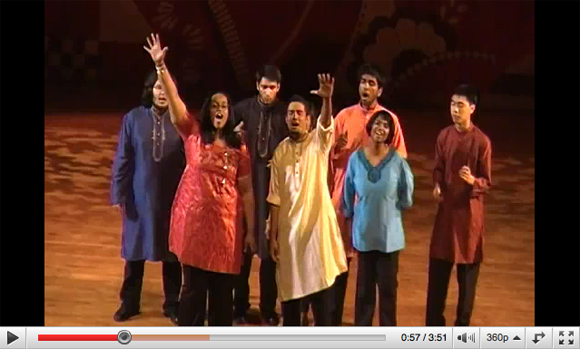
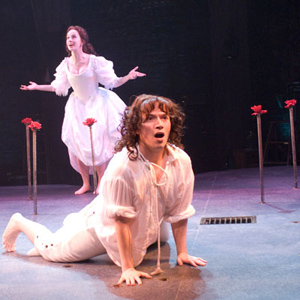 Yesterday Court Theatre closed its production of The Illusion, Tony Kushner's adaptation of Pierre Corneille's 1636 L’Illusion Comique. The show marked
Yesterday Court Theatre closed its production of The Illusion, Tony Kushner's adaptation of Pierre Corneille's 1636 L’Illusion Comique. The show marked 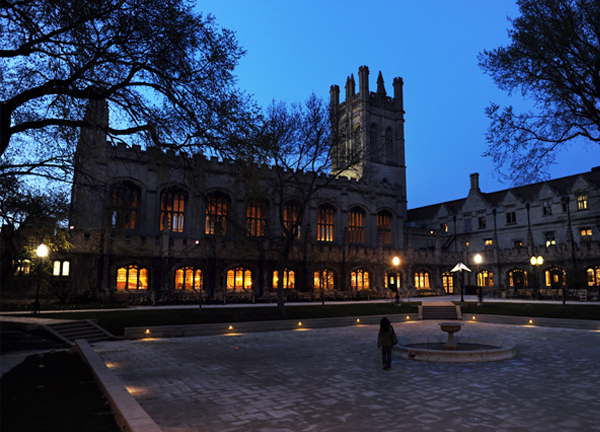
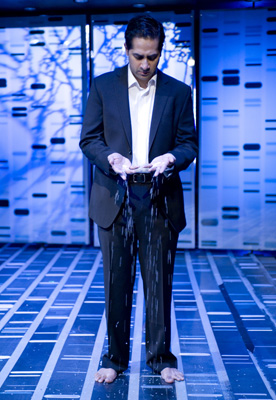
 What was it like to switch between so many roles?
What was it like to switch between so many roles? I can't take too much credit for that. The writing is so distinct for each of those characters that, by the time we opened the play, it was easy to slip into different skins. During rehearsal, we spent a good amount of time creating the particular nuances of each personality—everything from the way they would use their hands (Ninja Dude envisioned his arms almost like swords) to the amount of personal space they needed (Arab Man was a close talker). By the time the curtain opened, the characters were so specific that transitioning was pretty easy.
I can't take too much credit for that. The writing is so distinct for each of those characters that, by the time we opened the play, it was easy to slip into different skins. During rehearsal, we spent a good amount of time creating the particular nuances of each personality—everything from the way they would use their hands (Ninja Dude envisioned his arms almost like swords) to the amount of personal space they needed (Arab Man was a close talker). By the time the curtain opened, the characters were so specific that transitioning was pretty easy.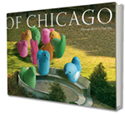 It’s not always easy being a Peep, as our
It’s not always easy being a Peep, as our 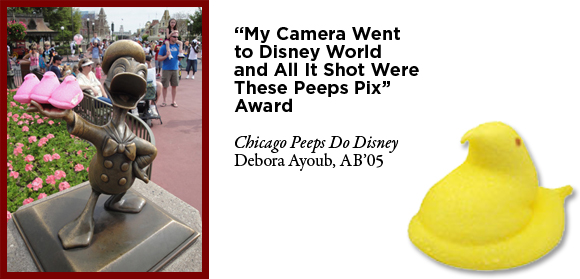
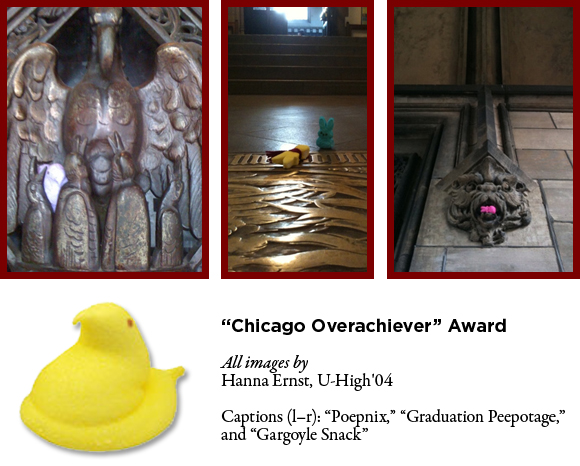
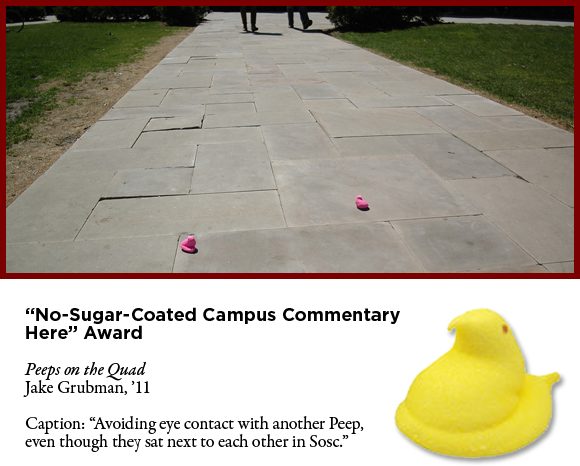
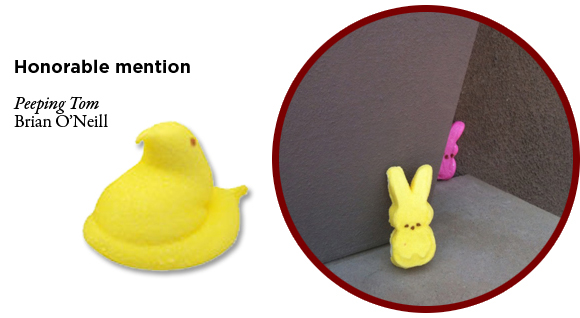
 It makes anything taste good. And it adds a little bit of crunch and saltiness to things that already taste good, whether sprinkled in chocolate or wrapped around filet mignon. At Saturday’s
It makes anything taste good. And it adds a little bit of crunch and saltiness to things that already taste good, whether sprinkled in chocolate or wrapped around filet mignon. At Saturday’s 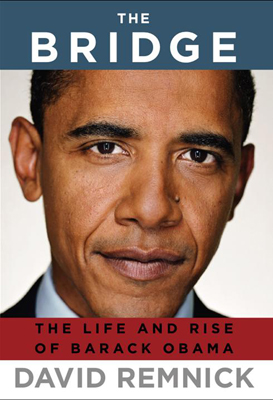
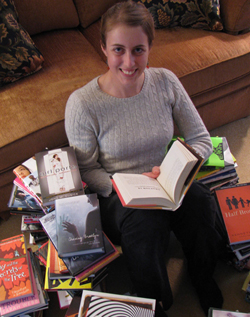 As a Chicago undergraduate, Jennifer Barnes, AB’05, tutored a sixth-grade Lab student who devoured young-adult literature—everything from
As a Chicago undergraduate, Jennifer Barnes, AB’05, tutored a sixth-grade Lab student who devoured young-adult literature—everything from 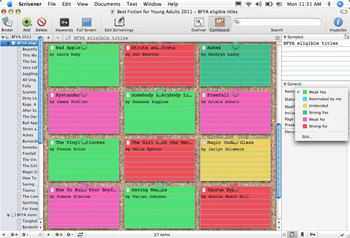
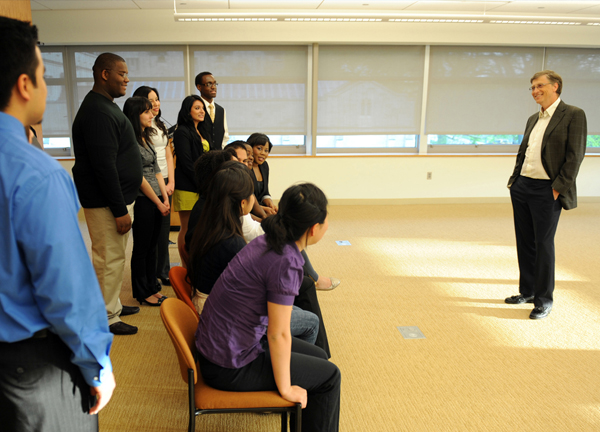
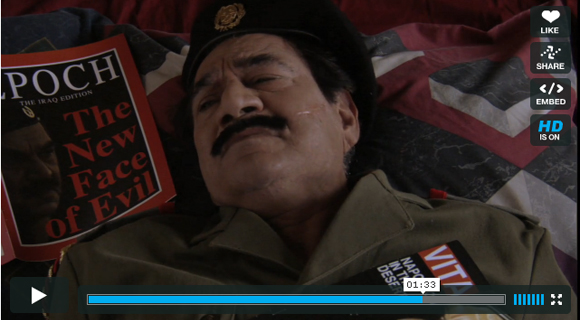
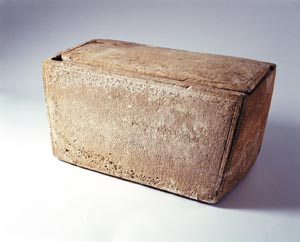 Nina Burleigh, AM’87, was amused when she first heard about what Israeli authorities called the “fraud of the century,” a forged limestone box that was believed to have been the first evidence of Jesus’s existence. Reading the New York Times “from cover to cover” while procrastinating writing her book Mirage: Napoleon's Scientists and the Unveiling of Egypt (Harper, 2007),
Nina Burleigh, AM’87, was amused when she first heard about what Israeli authorities called the “fraud of the century,” a forged limestone box that was believed to have been the first evidence of Jesus’s existence. Reading the New York Times “from cover to cover” while procrastinating writing her book Mirage: Napoleon's Scientists and the Unveiling of Egypt (Harper, 2007),  Sylvia Puente, AM’90, holds a degree in public policy from the Harris School. Her training as an activist began at age 13, when she joined her mother, a former migrant worker, on Chicago picket lines to support the United Farm Workers. Puente’s 25-year career as an advocate for the local and national Latino community took a new turn in 2009, when she became the executive director of the Chicago-based
Sylvia Puente, AM’90, holds a degree in public policy from the Harris School. Her training as an activist began at age 13, when she joined her mother, a former migrant worker, on Chicago picket lines to support the United Farm Workers. Puente’s 25-year career as an advocate for the local and national Latino community took a new turn in 2009, when she became the executive director of the Chicago-based 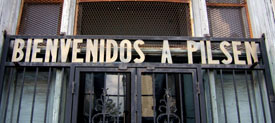
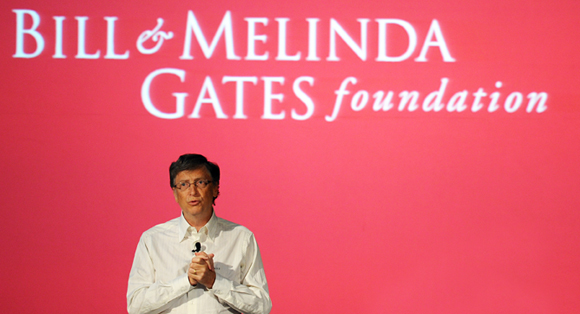 It was about 5:30 p.m., more than 90 minutes before Bill Gates would appear at Rockefeller Chapel. The line for free, general-admission seating stretched from Rockefeller’s front door to 59th Street; west to University Avenue, where it turned north; and extended at least halfway to 58th. Standing four or five deep in places, people tried to calculate the crowd size and guesstimate the chapel’s capacity.
It was about 5:30 p.m., more than 90 minutes before Bill Gates would appear at Rockefeller Chapel. The line for free, general-admission seating stretched from Rockefeller’s front door to 59th Street; west to University Avenue, where it turned north; and extended at least halfway to 58th. Standing four or five deep in places, people tried to calculate the crowd size and guesstimate the chapel’s capacity.
 Even after the room was full, people kept coming. They lined the walls, crammed into odd corners, and bumped into each other every time the door squeaked open and another person crept in. Up at the podium, in front of the spot where several students sat cross-legged on the floor, the former poet laureate
Even after the room was full, people kept coming. They lined the walls, crammed into odd corners, and bumped into each other every time the door squeaked open and another person crept in. Up at the podium, in front of the spot where several students sat cross-legged on the floor, the former poet laureate